Beautiful and sober pair of mahogany corners
The facades are in mahogany veneer from Santo Domingo with brass moldings opening to a slightly domed door.
The uprights are grooved column engaged,
the tapered feet ringed. Gray veined white marble top. The frame is in oak
Stamped both: N. PETIT and punch of jurande
Period locks work.
Louis XVI period
High. 86 cm - Width. 47.5 cm - Prof. 45.5 cm
Restoration in conservation.
Re-bonding of the veneer by infiltration of fluidized organic glue
Application of varnish known as Roubo,
Nicolas Petit - Cabinetmaker. Paris. Passed Master in 1761.
We find his mark: "N. Petit" on a quantity of furniture in marquetry and ebony, which prove his taste and talent.
Nicolas Petit opened his workshop in rue du Faubourg Saint-Antoine, under the banner "In the Name of Jesus". He worked there for more than thirty years, adapted without problem to the evolution of the various styles of the 18th century and acquired very quickly a great notoriety. His career began with very refined Louis XV style curved chests of drawers, secretaries, desks, small tables, finely inlaid with flowering branches.
When the "Greek" taste appeared in furniture, around 1765, he was one of the most ingenious to renew the decoration, then the structure of his furniture, taking inspiration from classical art.
His Transition chests of drawers are often adorned with bronze made of two urns surmounted by a drapery, others are inlaid with geometric patterns or flowers.
Subsequently, he worked in the Louis XVI style with equal ease, practicing marquetry as well as solid wood, mahogany or ebony.
Nicolas Petit's furniture, with simple and classic decorations, is always tasteful and made with care.
MUSEUMS
Folding secretary. Rosewood veneer, violet wood inlay, amaranth, tinted sycamore and boxwood frames, gilded bronze, Stamped four times: N. PETIT - N ° MAD2293. Bedside table, Louis XV period. Rectangular in shape, it rests on four high and slightly arched feet. It opens to a drawer at the top. Both sides are pierced with a polylobed opening, intended to serve as handles at the same time as to ventilate the interior. Decorated with rosewood and violet curling, it is adorned with gilded bronzes: pull button, keyholes and foot pads. The Carrara marble top is maintained on three sides by a veneered wood gallery, the upper part of which is animated. - N ° MAD639 - Musée des Arts Décoratifs - Lyon Petite commode Transition - Carnavalet Museum - Paris
BIBLIOGRAPHY
Nicolas Petit 1732-1791 - Anne Droguet - Perrin & fils, Editions de l'Amateur - 2001 Le Mobilier Français du XVIIIème Siècle - Pierre Kjellberg - Les Editions de l'Amateur - 2008 Cabinetmakers of the 18th century - Count François de Salverte - Editions of Art and History - 1934


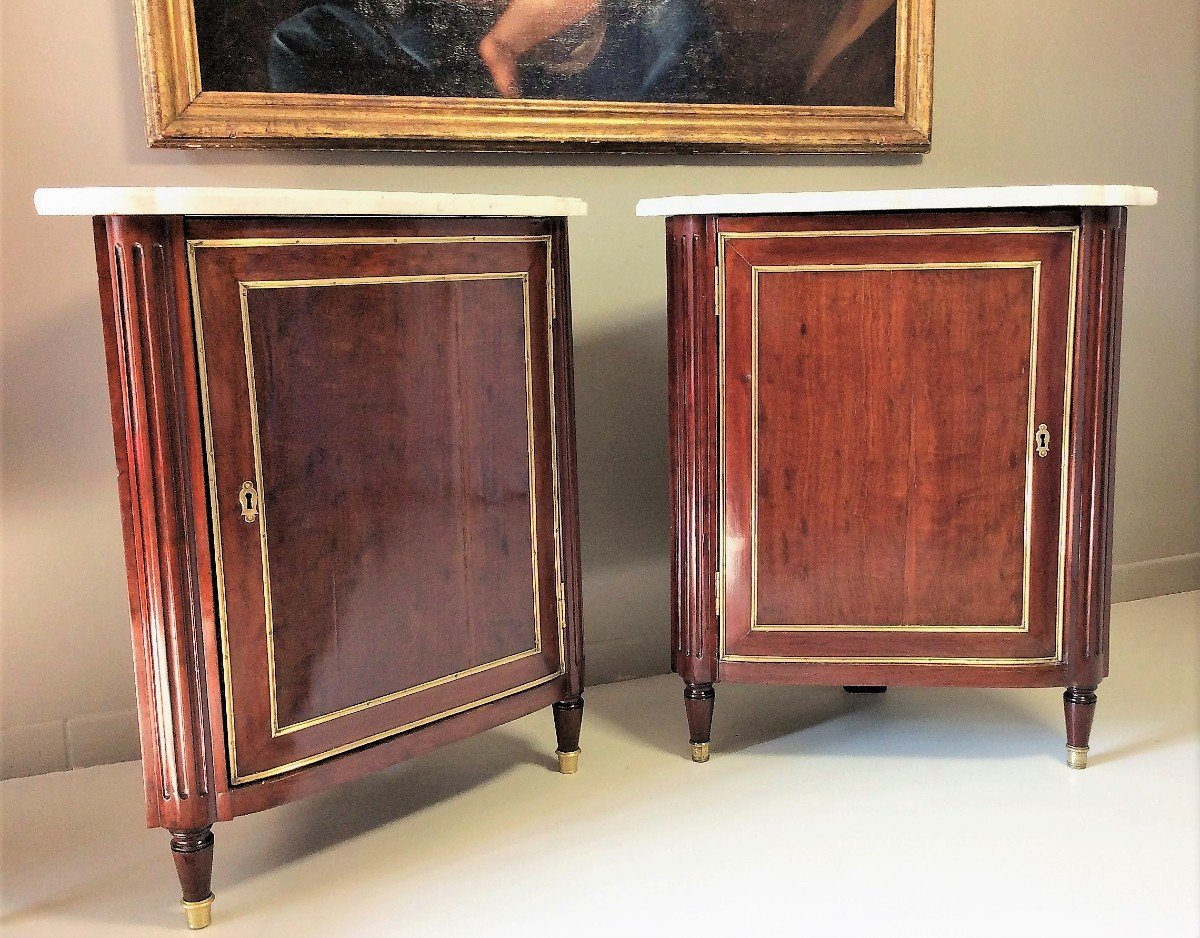
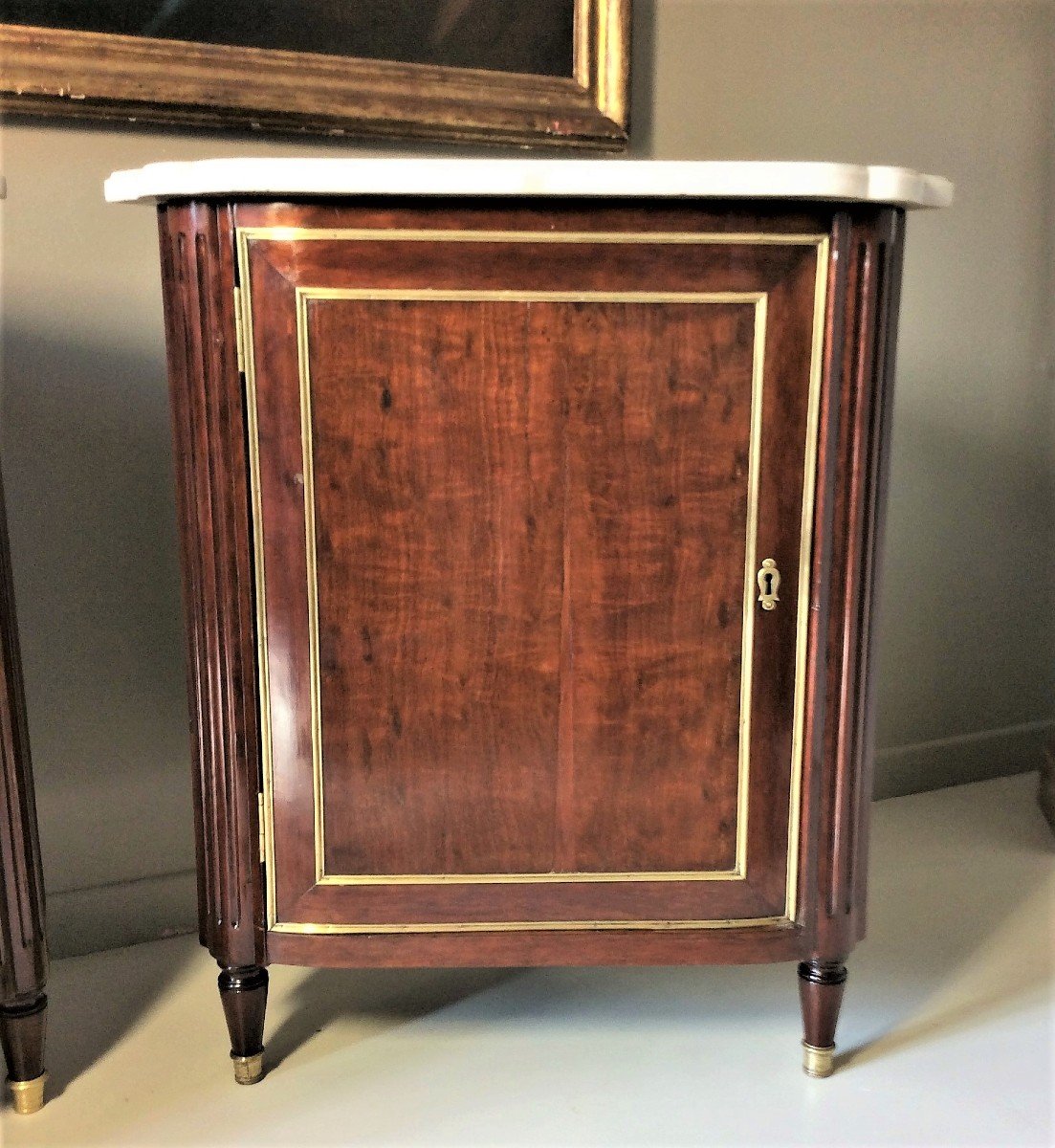
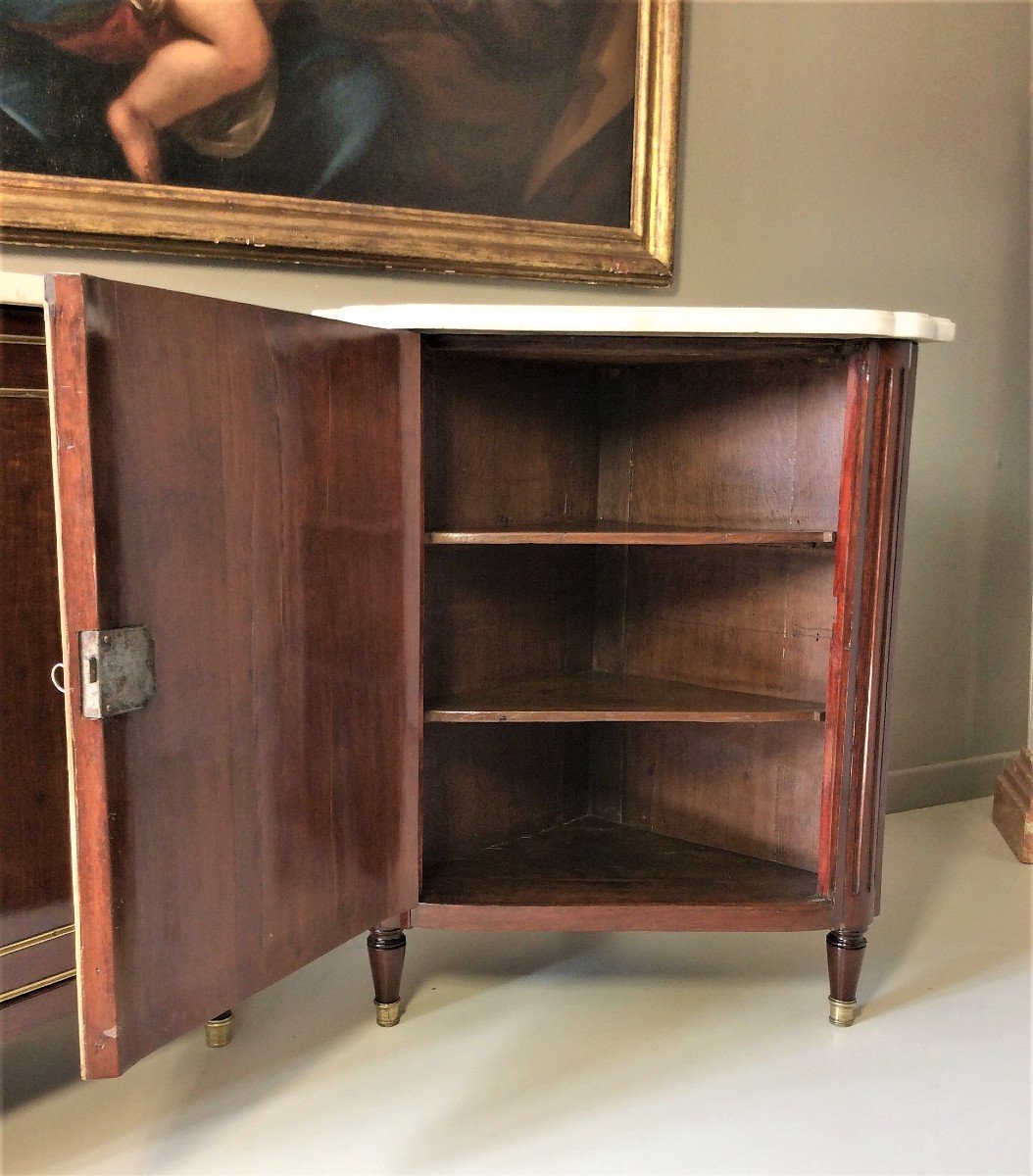
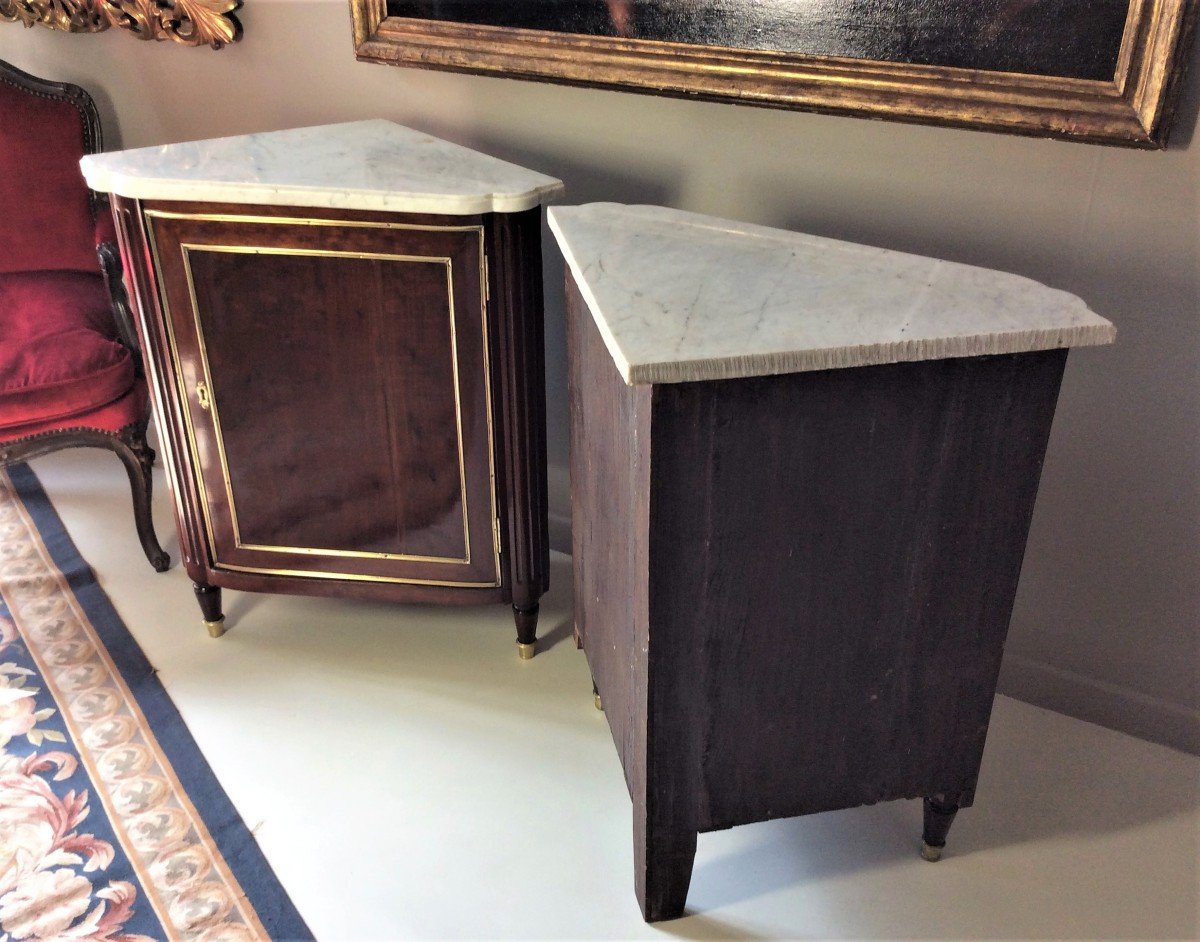


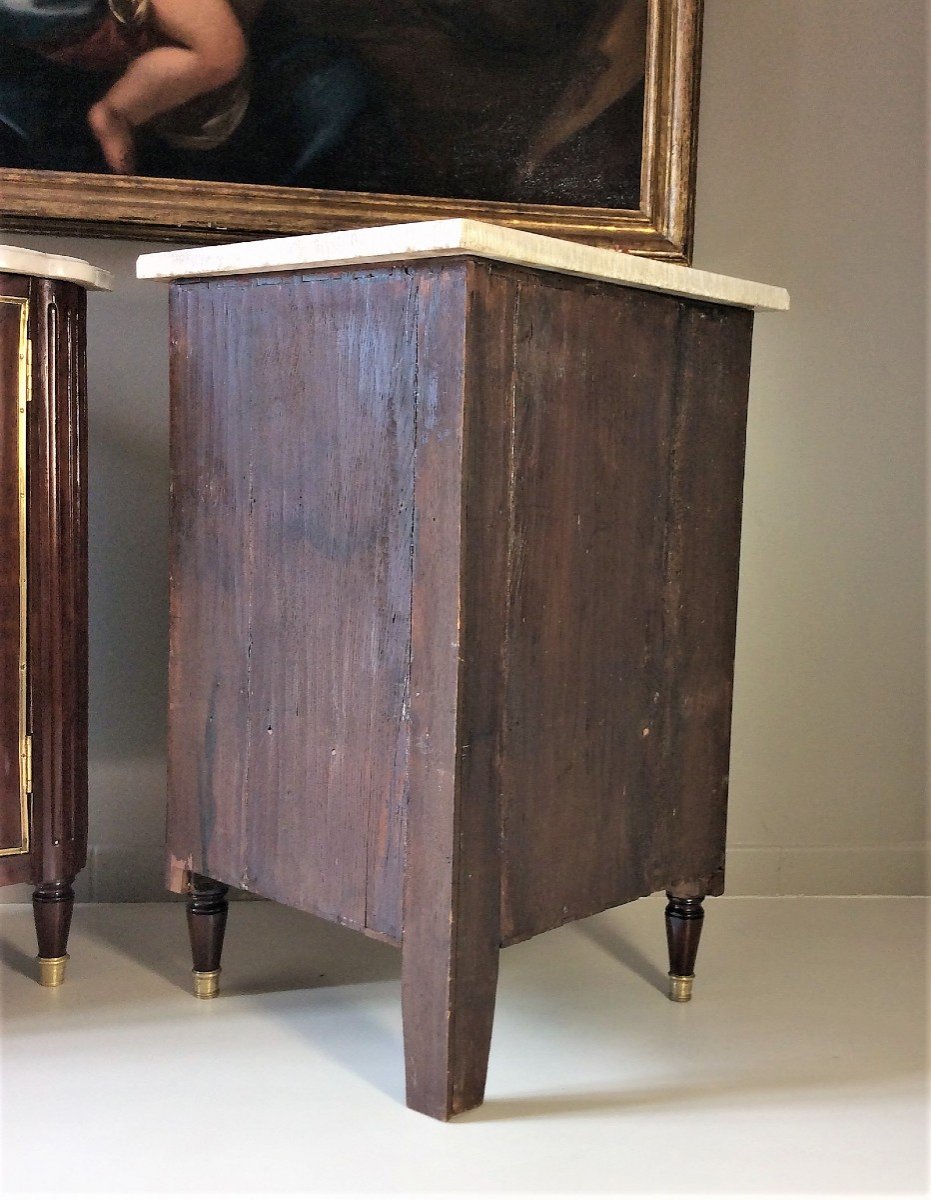
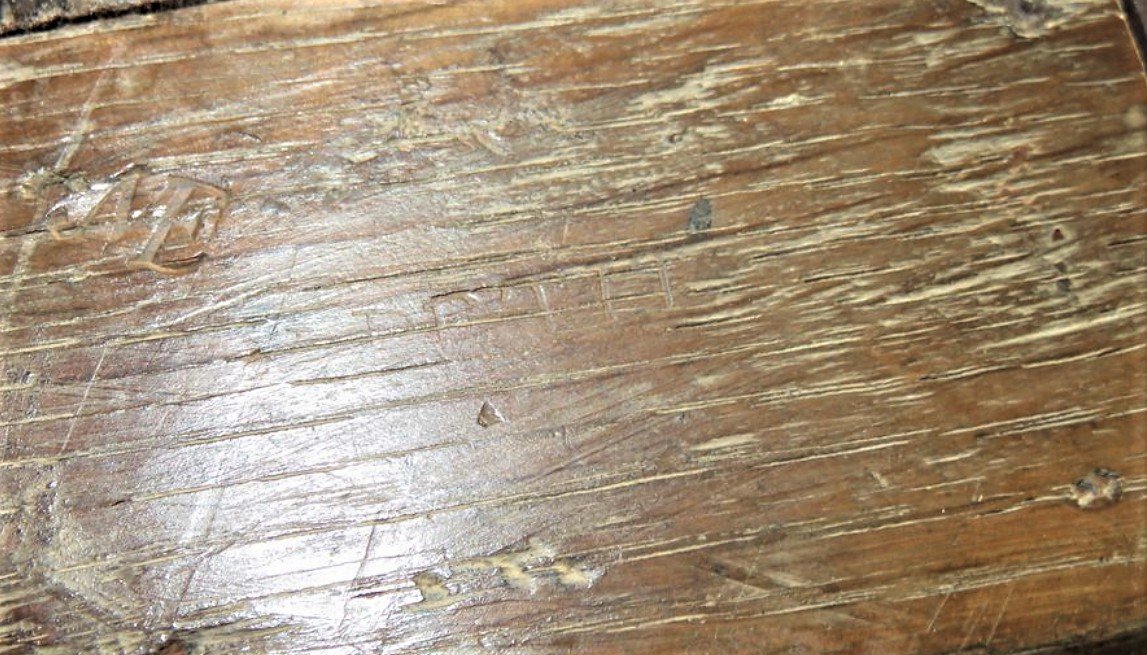




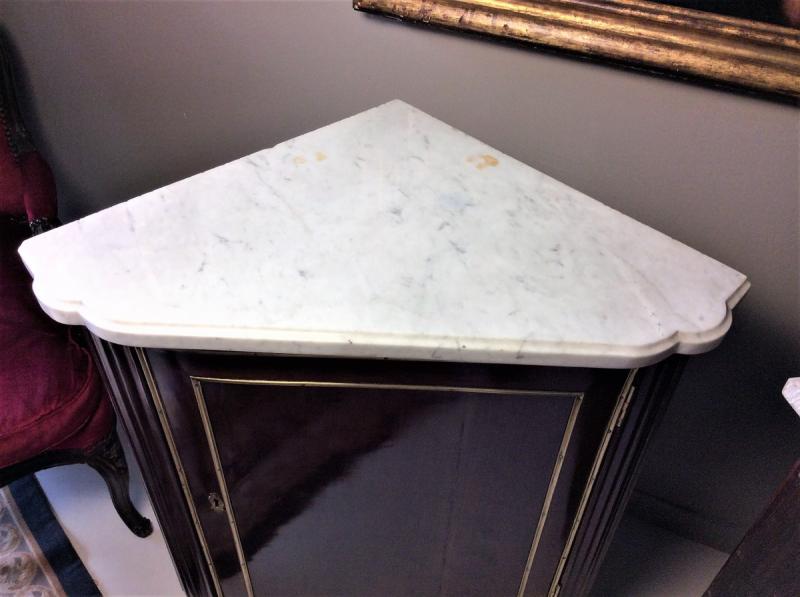
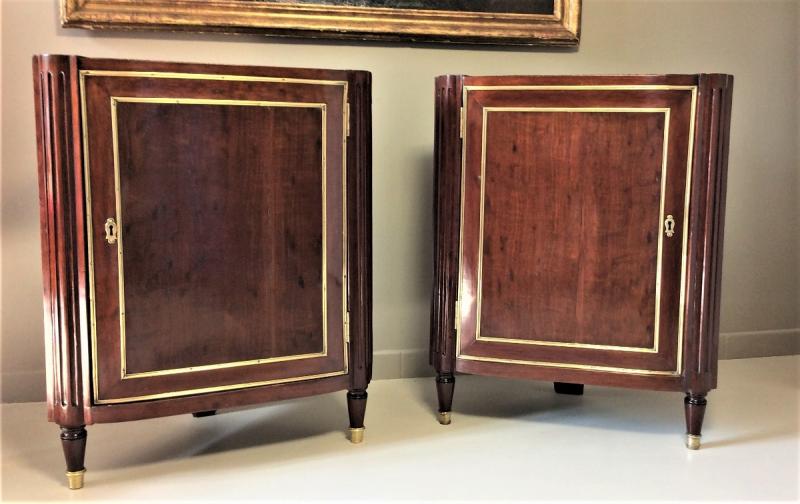



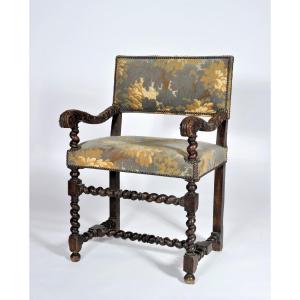



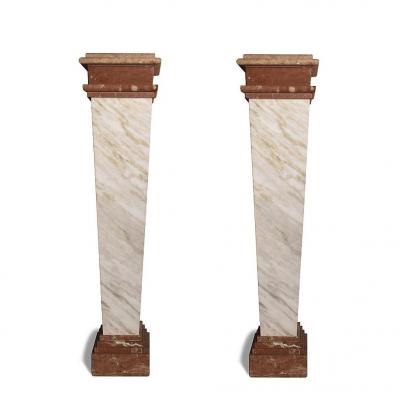
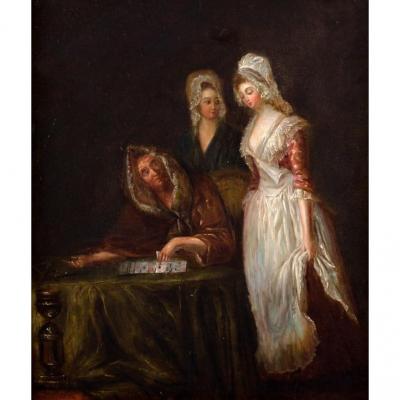

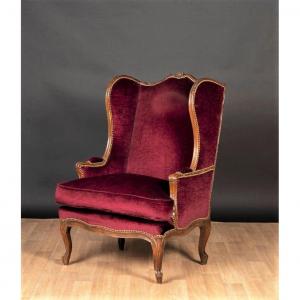

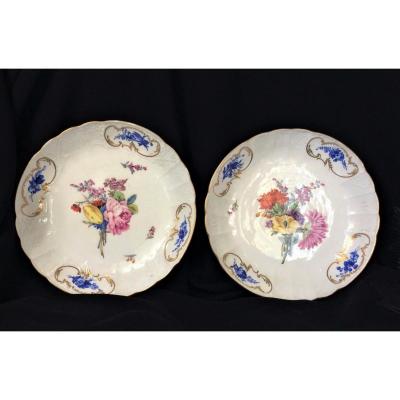
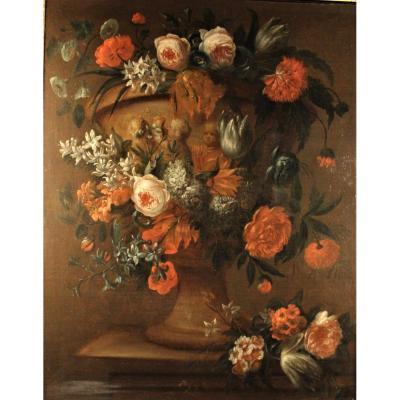



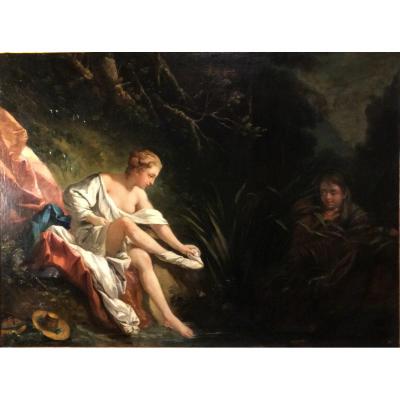
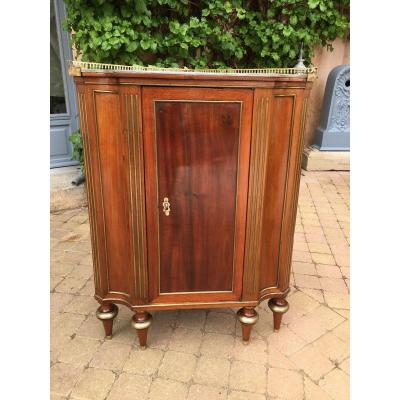
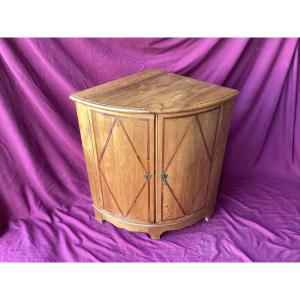






 Le Magazine de PROANTIC
Le Magazine de PROANTIC TRÉSORS Magazine
TRÉSORS Magazine Rivista Artiquariato
Rivista Artiquariato